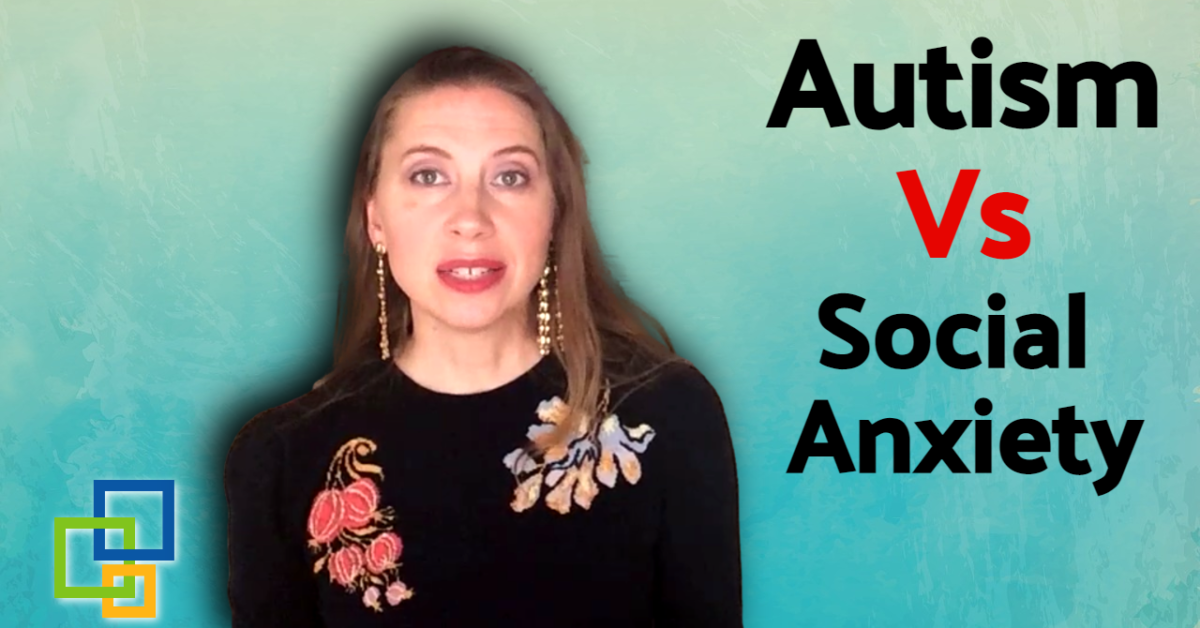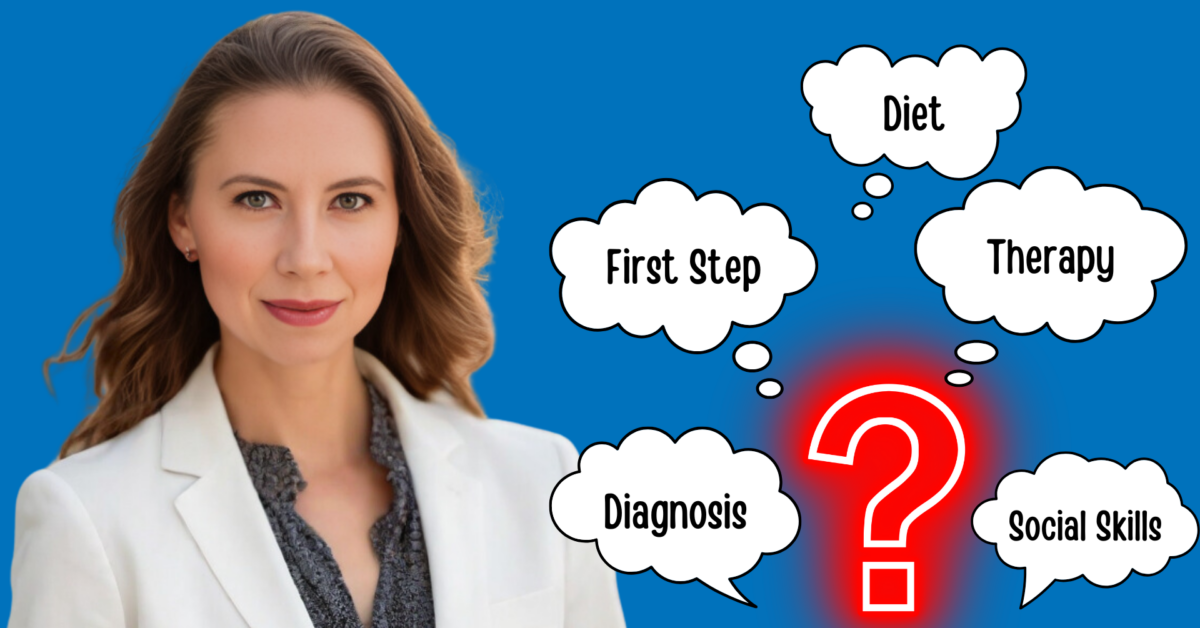There is a difference between autism and social anxiety, however, someone can have both autism and anxiety. Let me explain.
First, let’s understand what anxiety is…
Anxiety
Anxiety refers to the brain’s response to danger. Basically, that’s a stimulus that a person will actively attempt to avoid. This brain response is a basic emotion already present in infancy and childhood, with expressions being mild to severe.
Anxiety is not typically pathological as it is adaptive in many scenarios when it facilitates avoidance of danger. Anxiety has a lot to do about what could happen in the future. The person isn’t in the present moment, they are in the future. A certain amount of anxiety in life is expected.
The differentiation between normal and pathological anxiety, however, can be particularly difficult in children because children manifest many fears and anxieties as part of typical development, like being scared of the dark. That’s a typical development.
Anxiety is a term that gets used commonly, but when seeking medical help, they will dig deeper and classify anxiety as separation anxiety disorder, a specific phobia, social phobia, agoraphobia, panic disorder and generalized anxiety disorder. This video addresses social anxiety. That’s when a person fears meeting new people, dating, being on a job interview, answering questions in class, or having to talk to, let’s say, a cashier in a store doing everyday things in front of people such as eating or drinking in front of others or even using a public restroom also causes fear.
The person is afraid that he or she will be humiliated or judged and rejected.
Anxiety disorders are common. And early emerging conditions associated with considerable developmental, psychosocial and psychopathological complications. Although early anxiety syndromes may resolve, the vast majority of children and adolescents that have developed an anxiety disorder will be affected by the same condition or other mental disorders, including other anxiety disorders, depressive disorders, or substance abuse over the course of their life. The secondary development of depressive disorders is a particularly frequent complication across the range of anxiety disorders.
The fact needs to be understood more and further studies are needed to understand the process behind increased depression risk among individuals with anxiety disorder. There is a link. It’s just not very well understood. That’s anxiety.
Okay, so what’s autism?
Autism
Autism occurs in one out of fifty-four children in the US. That’s approximately 1.7%. Core deficits are identified in two domains: Social communication, and interaction. What does that mean? Abnormalities in understanding the intent of others.
Diminished interactive eye contact and a typical use and understanding of gesture and pretend play.
Symptoms of autism are further shaped by deficits in imitation and of processing information across the senses such as vision and hearing. The second aspect is restrictive, repetitive patterns of behavior. Repetitive behaviors can be primary compulsions, but may also be related to problems processing sensory information, or may reflect a desire to instill predictability when an individual does not understand the intent of others. Many times when this is done, it’s to calm down and it gets labeled as self-stimulatory behavior.
With autism, there can be co-occurring medical and behavioral conditions such as disorders of sleep and feeding, gastrointestinal tract symptoms, obesity, seizures, attention deficit hyperactivity disorder, anxiety and wandering.
As you can see, anxiety can occur along with autism, but they are two separate diagnoses. The main commonality with autism and social anxiety is that they both do not improve by ignoring it, but they also both can improve. So these are the differences between autism and social anxiety.
There are differences and someone can have both.



